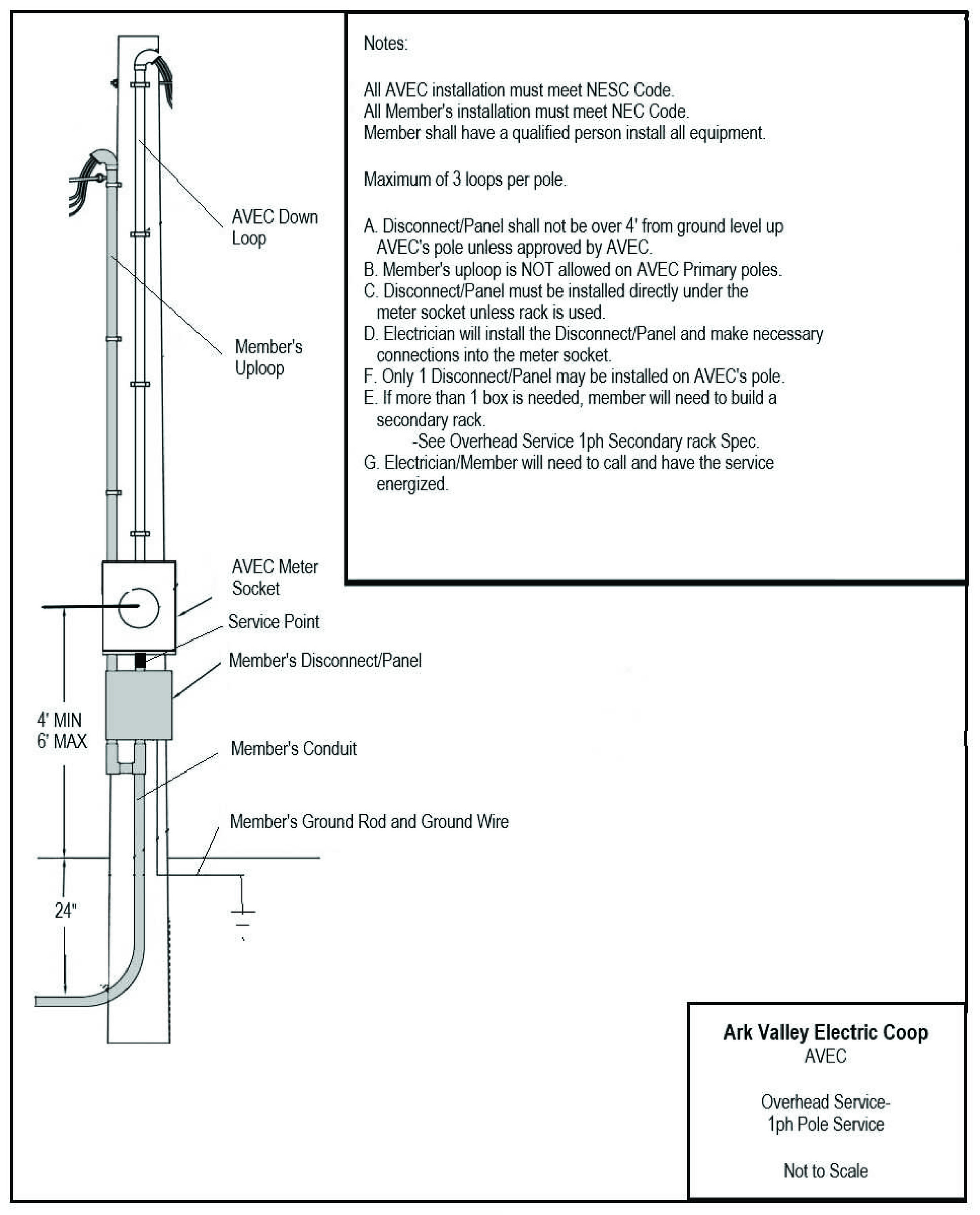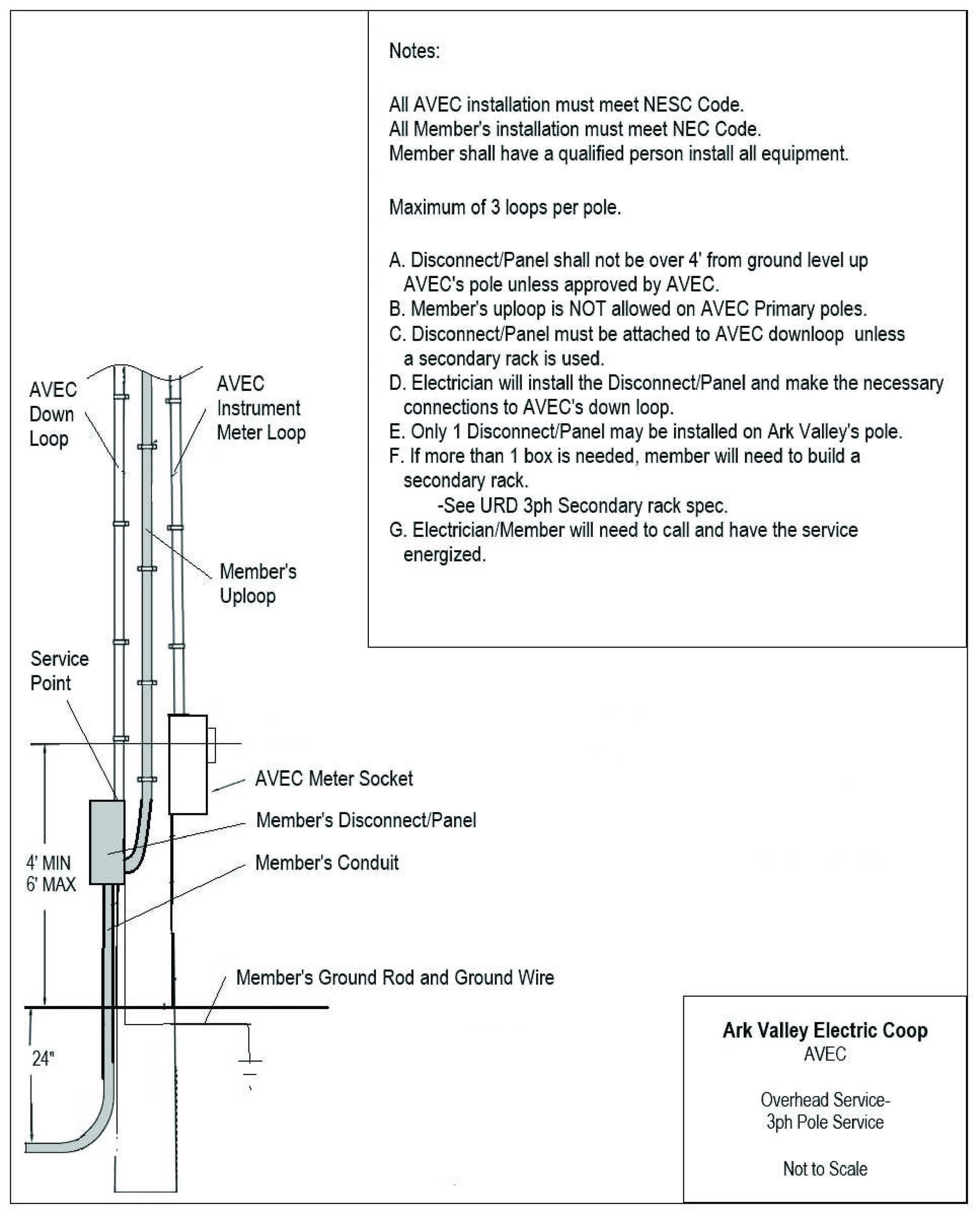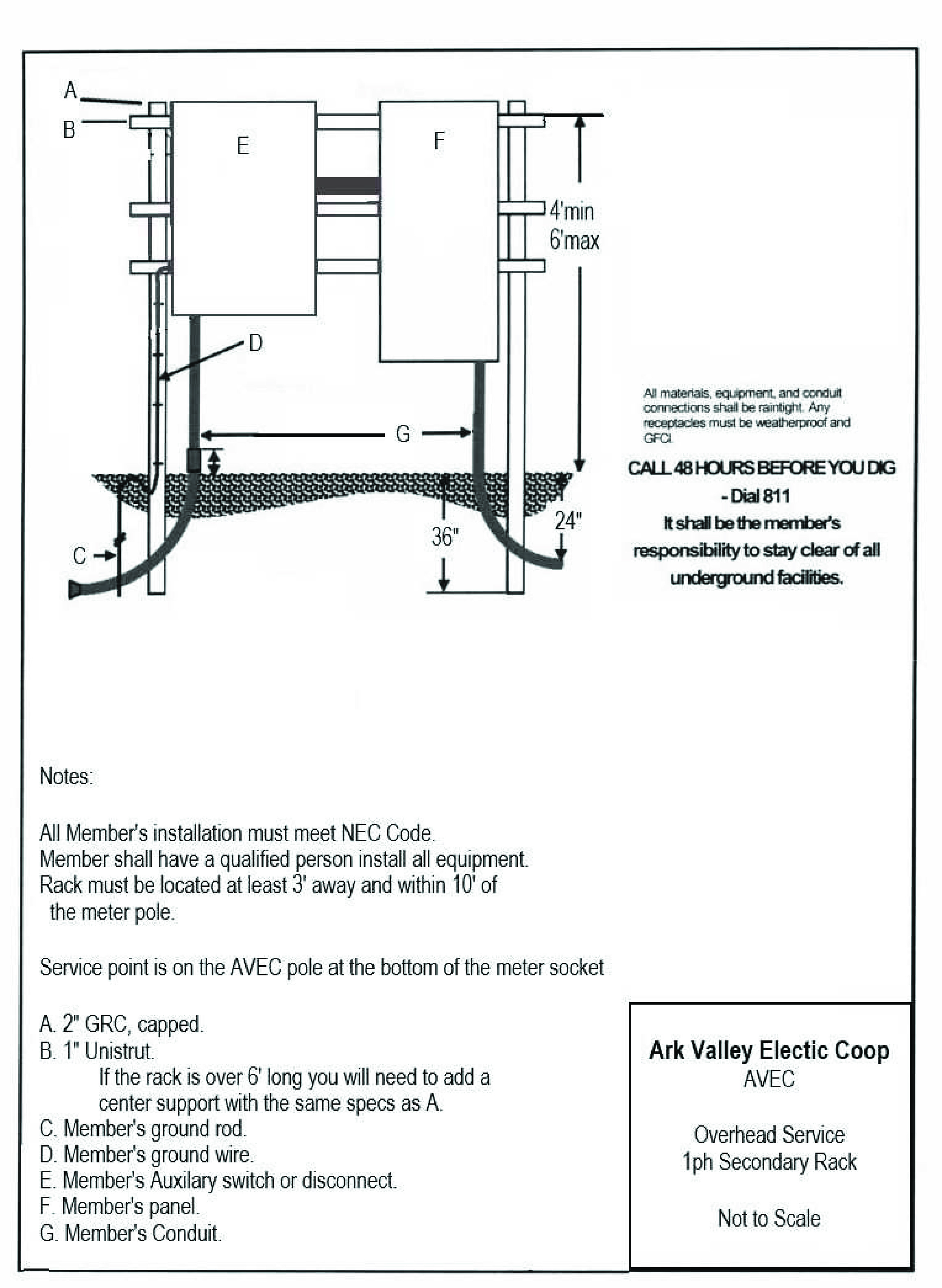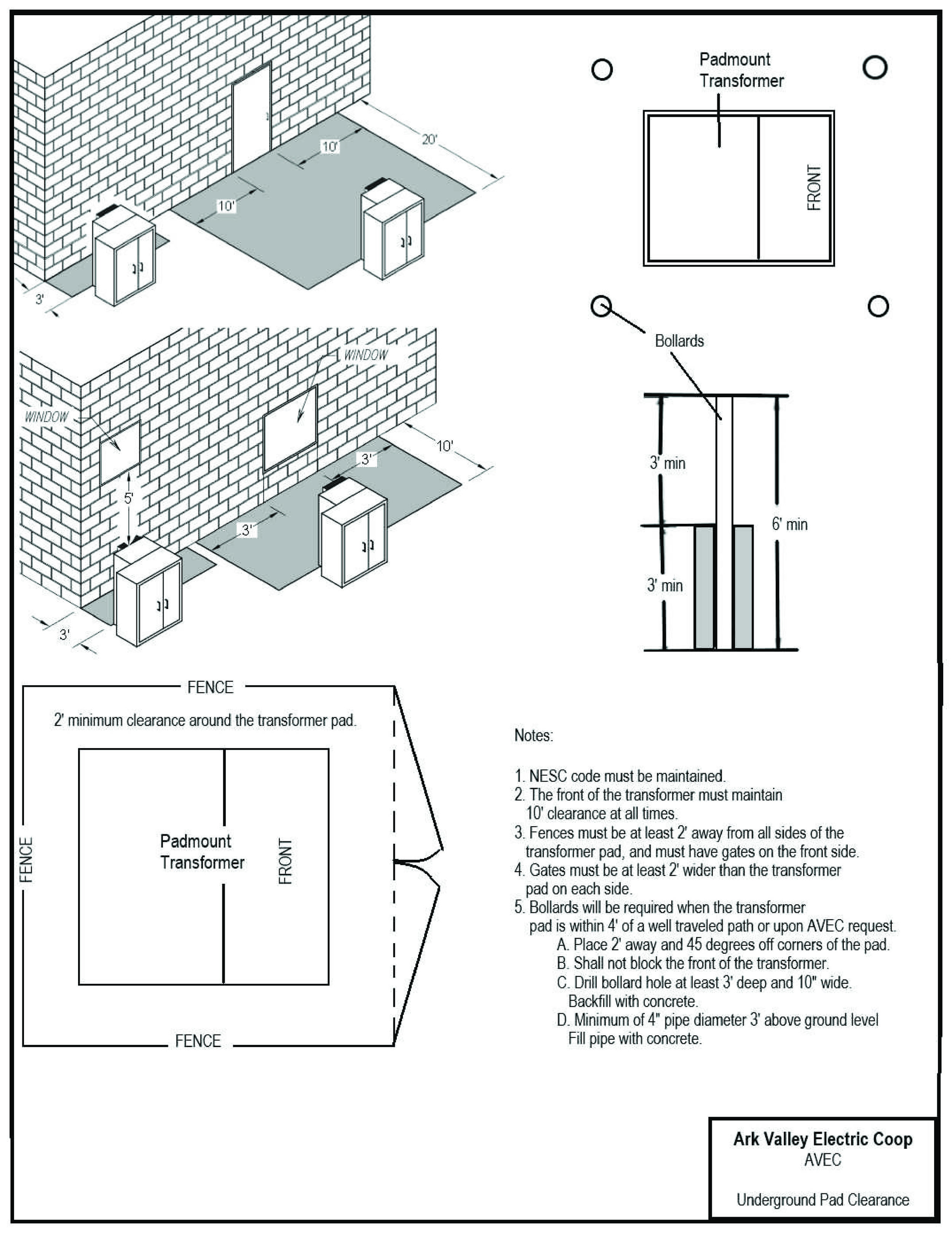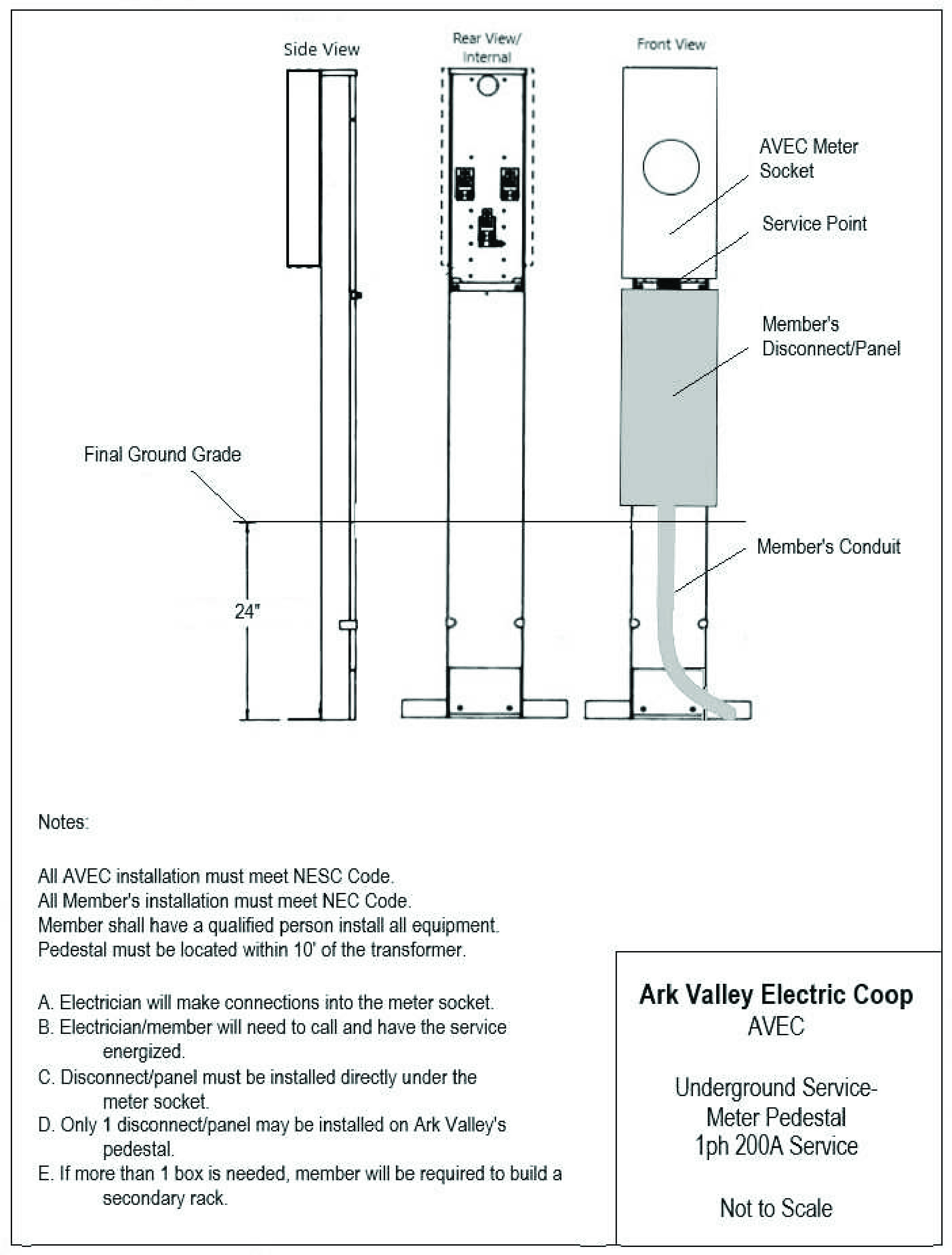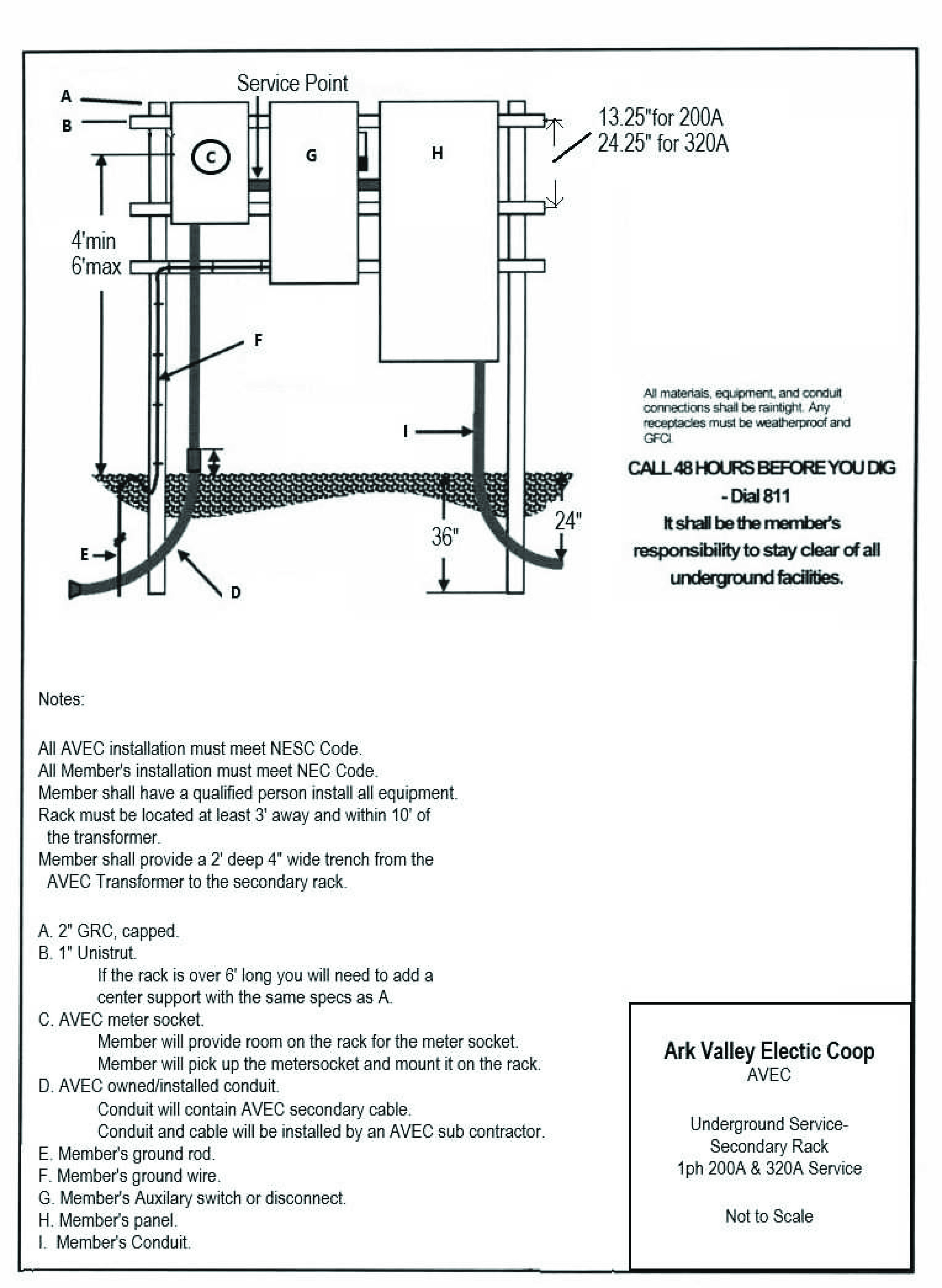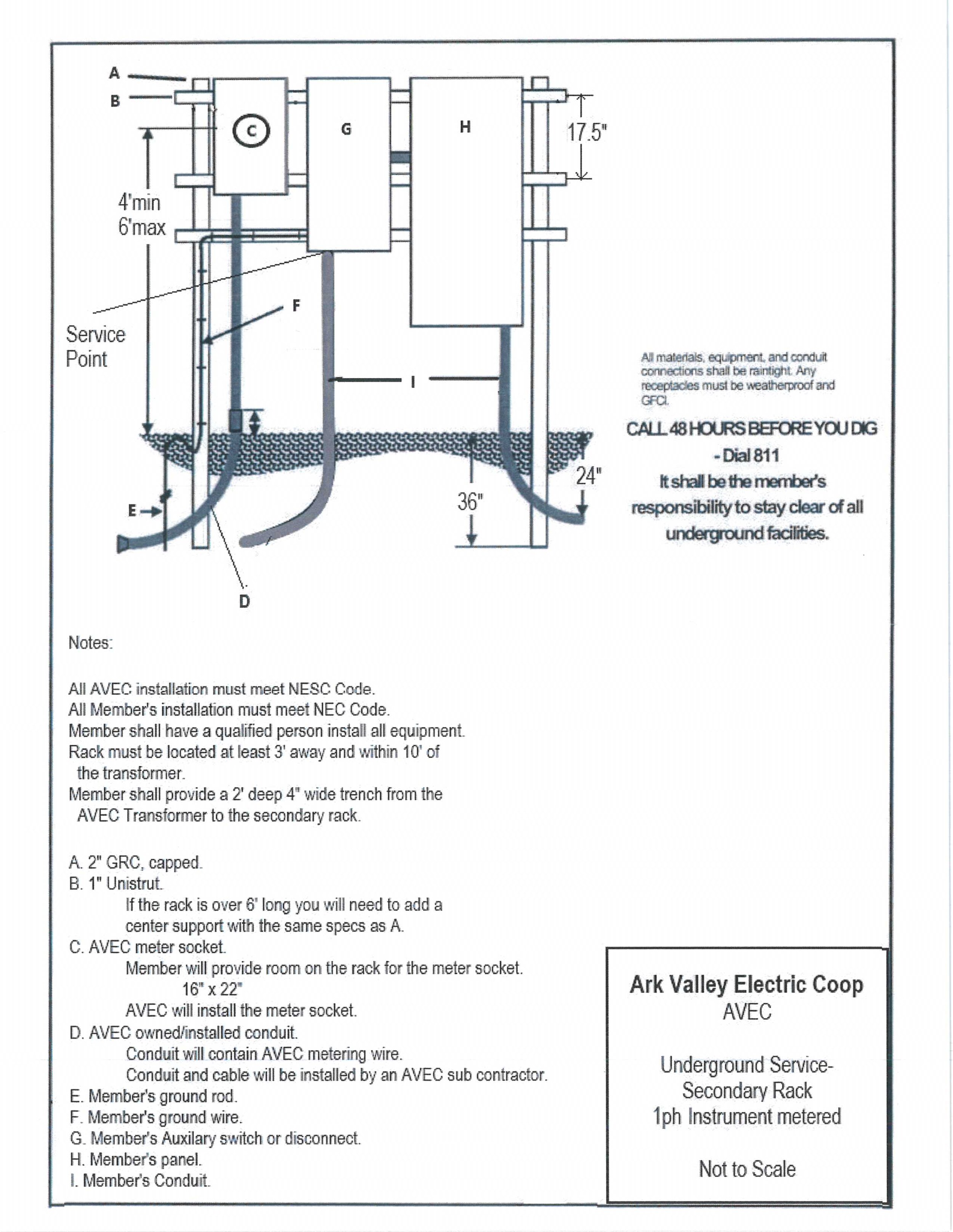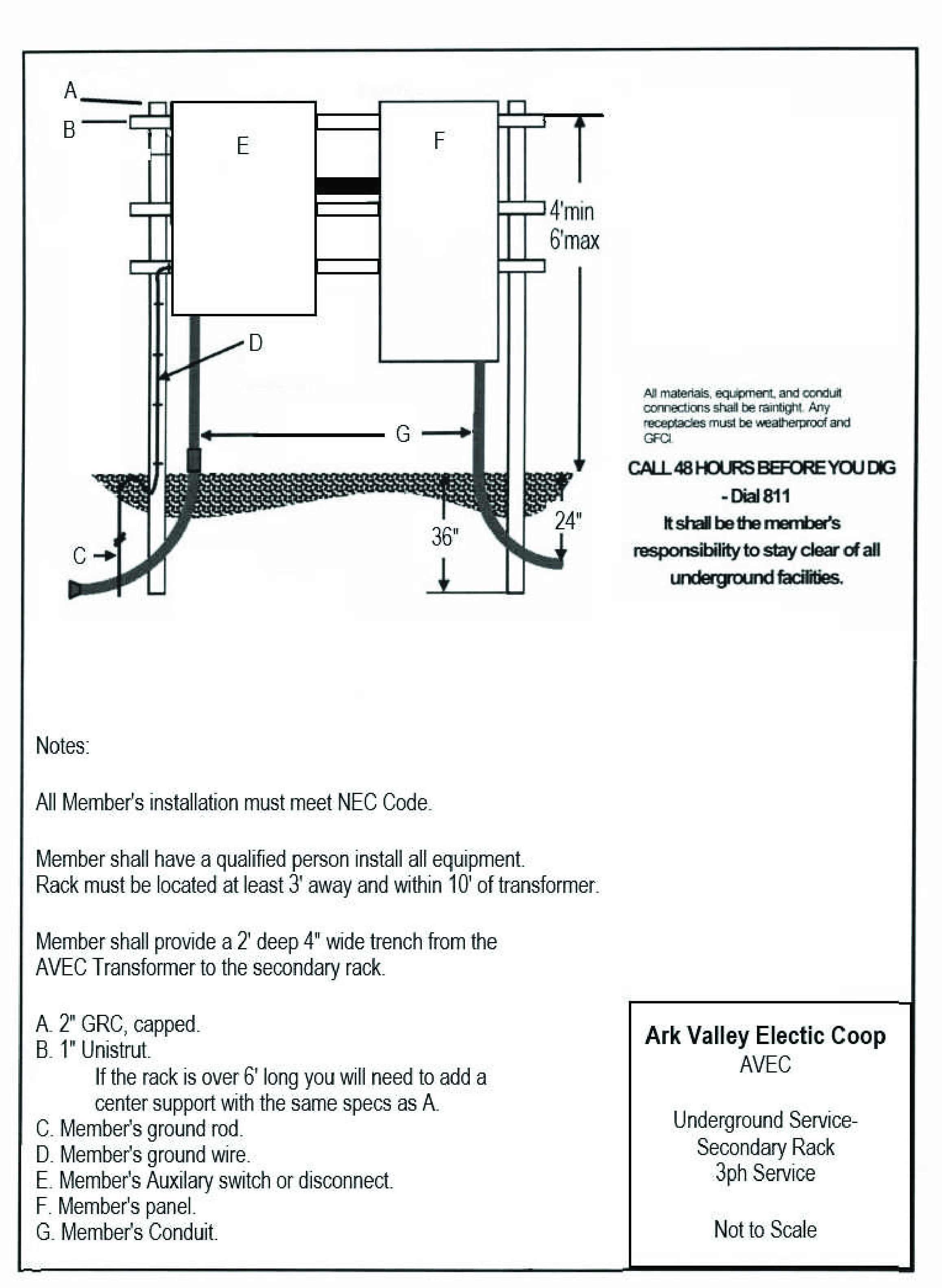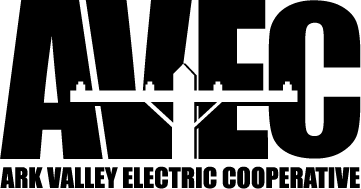History
During the early 1930's many of the conveniences that we generally take for granted were not available to most people living in rural America. Electricity generally was not available to rural citizens. There were no electric motors, so feed and grain were shoveled by hand. Hay was also pitched by hand. Dairy farmers did their milking by hand in the dim light of a flickering kerosene lantern. There was no refrigeration, so the milk had to be kept on ice. On the milk pick up day, the milk cans were carried out to the road. However, if the pickup was not on time, the milk would become too warm and the farmer would watch his long hours of labor result in nothing gained.
The farm wife also struggled through her days without electricity. Without running water, there were endless buckets of water to be lugged from a deep well or maybe a spring. Kitchen work frequently involved laboring over the searing heat of a wood stove. Whether it was the long hours of canning fruits and vegetables, wash day, or ironing with the six to seven pound wedge of iron, the wood stove had to be burning, often making the kitchen almost unbearably hot.
On May 11, 1935 President Franklin D. Roosevelt created the Rural Electrification Administration (REA). This agency became the primary source of low interest loans that would help bring electricity and a better life to rural America.
During the late 1930's rural electrification was building steam in Kansas. Early in January 1939 farmers living in the Plevna area decided to try to form a new REA Cooperative in rural Rice and Reno Counties. Following a meeting with the REA field representative the first organizational meeting was held on the night of February 7, 1939 at the Mennonite schoolhouse, in Walnut Township in Reno County. The temperature hovered near zero, but the schoolhouse was packed with enthusiastic people. At the conclusion of the meeting, blocks of territory had been outlined with teams consisting of two men, each being assigned to an area. Each block consisted of an area 1 mile wide by 8 miles long. The goal for each team was to interview every resident in each block of territory. George Sidwell, the Rice County Agent, and Don Ingle, the Reno County Agent, were very instrumental in signing up new members during the early years.
Joseph Fliginger was the first man to sign an application and in two days applications were coming in rapidly. Organization continued and the Ark Valley Rural Electric Cooperative Association was incorporated. The Articles of Incorporation were filed on March 16, 1939 designating Plevna, Kansas as the principle place of business. A board of directors was named consisting of these men: George Griffin, Nickerson, President; Ed Flickinger, Sterling, Vice-President; Darrel Dunn, Langdon, Secretary; Clarence Fox, Sterling, Treasurer; E. E. Birkey, Plevna; Melville Davidson, Plevna; and Luther McMurphy, Sterling. Rupert G. Martin was selected as counsel for the cooperative.
On May 19, 1939 the first loan from REA was received in the amount on $251,000. This was to build 300 miles of line to serve 629 customers. This was later amended to add another 113 miles of line for 162 customers.
Finally on Thursday afternoon, November 23, 1939 the first pole was set. Appropriately, this pole was set by the Mennonite schoolhouse where the first organizational meeting was held.
Power lines spread across the countryside and on May 17, 1940 the first lines were energized. A big celebration was held in Sterling to commemorate the occasion. On May 9, 1940 the Sterling, Kansas Bulletin published a special edition that was sent to each of the 1,360 cooperative members. A cordial invitation was extended to attend a big barbecue at Sterling Lake with family and friends, with the thought that at least some of those would be able to go home to do their milking and chores by electric light. It truly was a day for celebration.
A budding organization, the board established the first permanent office in the Zimmerman Building, 210 South Broadway in Sterling. The board also hired A. B. "Jack" Davis as Project Superintendent for the cooperative. In preparation for energizing the lines the first rate schedule was adopted.
An agreement was also signed to buy wholesale power for the cooperative from the municipal power plant in Sterling.
In those early days it was difficult for some people to imagine all the ways electricity could be used. It was not uncommon for people to wonder how they would use 40 kWh per month. The records show that there were any number of members who did not use their 40 kWh minimum each month. In some cases the yard light was left on all night so that the 40 kWh would be used.
On May 15, 1940 the board approved the purchase of a new 1 ¼ ton truck with a winch. The purchase totaled $1,060.00. Subsequently, Harold Bruer was hired as the first lineman for the Co-op.
While some people were enjoying the conveniences of electricity, others were still waiting. The waiting was sometimes difficult and frustrating.
The Co-op grew rapidly during the first few years. It did not take long for the people to realize what electricity could do for them.
The original "substation" for the cooperative consisted of a bank of 75 kva transformers located behind the Sterling generating plant. By mid-1941 the capacity of these transformers was already being pressed, so in September 1941 a new bank of 250 kva transformers was installed replacing the old bank.
World War II began making its presence known in mid-1941 as construction materials became hard to find. Projects were delayed largely due to lack of wire. During the height of the war, materials were almost impossible to find and very little system construction was done. In fact, even the monthly newsletter was ultimately eliminated due to the difficulty in getting paper.
In spite of the war difficulties the co-op moved forward. In June 1943 the old post office building at the corner of Walnut and Sherman in Hutchinson was purchased as a new headquarters building. In August of that year the office was moved to Hutchinson.
A new wholesale power contract for a lower wholesale power rate was negotiated and signed on February 17, 1944. With the implementation of this contract, Kansas Power and Light Company became the new wholesale power supplier for Ark Valley.
When WW II finally wound to a close, the springs of construction material began to trickle again. In March 1945 the first two substations, for Arlington and Sterling, were purchased. By early 1947 line construction was once again spreading.
The Cooperative established another "first" for the Hutchinson area in March 1948 when a two-way radio system was installed. This represented a significant step forward in improving response time and service to the cooperative's membership.
Prior to the onset of REA in 1935, only 10% of the nation's farms had been electrified. By 1950, only 15 years hence, that percentage had risen to 75%.
The 1950's started a period of time where much effort was spent on showing people the many innovations which electricity could bring to the farm. Home economists with kitchen parties and demonstrations were standard bill of fare for the day. The response was overwhelming and the kWh usage outdistanced even the most optimistic projections. Improvements in the standard of living and overall health of rural citizens was attributed to electrification. The survival and production rate of livestock also rose.
During 1953 and 1954 Ark Valley Electric was active in starting the Reno Telephone Association, a rural telephone cooperative where Jack Davis also was the original manager. The telephone association was later sold to the Continental Telephone Company.
A change in management of Ark Valley occurred in June 1956 when Curtis Stubbs was promoted by the board to General Manager. Mr. Stubbs had been a long time employee of the cooperative starting in 1939 as a wiring inspector. A change in legal counsel also came about in 1956 when Rupert Martin, who had served the co-op since its very beginnings, resigned and was replaced by Harry Dunn. The year of 1956 also was a milestone in that it was the first year that the co-op closed its books with a positive margin. In accordance with the by-laws, a capital credit allocation system was set up to allocate the margins back to the membership.
The 1960's dawned and a change in the makeup of the co-op was noted in the annual report. The total number of services had grown to 2,827. Out of that total, 17% were commercial services, but those commercials accounted for 30% of the total revenue.
The financial condition of the co-op improved to the point where in October 1961 the board authorized payment of capital credits to estates. Promotion of various electrical appliances intensified and included the total electric, Gold Medallion Homes.
In October 1964 the old headquarters building was sold to the City of Hutchinson and the co-op in turn bought the present headquarters site at 10 E. 10th Street in South Hutchinson from the Woodie Seat estate. Following the construction of additional garage and storage facilities, the move to the new offices was made in May 1965.
April 1968 marked the start of the lowest rates in Ark Valley's history. The wintertime rate for residential customers was set at 1.0 cent per kWh for all usage over 1,000 kWh per month. The drop in rates spurred new growth in kWh sales.
The old trends seemed to continue, until the 1973 Arab Oil Embargo rewrote the energy textbooks. Little did the energy industry know how far reaching the ramifications would extend. For the first time in the co-op's history there was talk about the need for energy conservation. Inflation drove up the cost of materials and the wholesale power suppliers piled rate increases on top of each other. With the vision of having "our say" in the future cost of wholesale power, Ark Valley joined the Kansas Electric Power Cooperative (KEPCo) in 1975.
New terms such as Load Management, Peak Demand, Energy Audits, etc. became regular parts of our vocabulary. Then in the late 1970's two federal laws were passed that affected Ark Valley Electric Co-op. The Public Utilities Regulatory Policies Act (PURPA) influenced the sales picture and the Power Plant and Industrial Fuels Use Act affected the wholesale power cost picture.
The PURPA was an effort by the federal government to make American citizens more energy conscious. The oil embargo of the early 1970's had shown America that it had to become more energy independent. The PURPA essentially banned the promotion of the use of energy and initiated an extensive energy conservation plan. It also encouraged state regulatory agencies to change rate design to discourage electricity use. The regulatory agencies essentially forced the cooperative to abolish the "more you use, the cheaper it gets" rates and implement the type of rates we have today. This action was very detrimental to a number of loads that the co-op had worked very hard over the years to develop.
The Power Plant and Industrial Fuels Use Act (PPIFUA) required that power plants and industry restrict the use of oil and natural gas for fuel and move toward the use of coal-related sources of energy supply. As generation plants converted to coal, huge amounts of natural gas were available in the market place. The predicted natural gas shortage never materialized and in 1986 the PPIFUA was essentially repealed by Congress. It was too late, however, to reverse many of the act's damaging consequences.
Effective January 2, 1979 Delbert Tyler was hired as General Manager of the cooperative following the retirement of Curtis Stubbs. Mr. Tyler came to Ark Valley with previous experience in rural electrification at Panola-Harrison Electric Cooperative, Marshall, Texas and Eastern Power Cooperative, Paxton, Illinois. Later in January 1979, Richard A. Benjes was named as the new attorney for the cooperative.
A side effect of the rise in foreign oil prices was that the price of domestic crude also rose to new highs. The unprecedented high price of crude oil made many marginal stripper wells economical to produce. During the early 1980's many of these wells were connected to Ark Valley's system. Frequently these installations had a high horsepower requirement and portions of the system had to be rebuilt in order to handle the load. For the next several years numerous improvements were made throughout the cooperative's electrical distribution system in order to improve service reliability and meet the demands for electric power. The new system improvements were at more costly construction prices, and Ark Valley's cost of electric distribution lines escalated dramatically. Ark Valley's total investment in electric distribution systems grew from $7.4 million in 1979 to $16.9 million in 1986. Interest rates paid on that investment more than doubled with changes in the REA program. And the cost of wholesale power mushroomed greatly as KEPCo's share of Wolf Creek Nuclear Generating Station came on line.
In 1986, world oil prices came crashing down. Many of the marginal oil leases were no longer economical to produce at the lower crude prices. While the lower crude oil prices have been beneficial to some areas of the U.S. economy, the depths to which the price dropped has had a very negative impact on the kWh sales of the cooperative. So while Ark Valley's costs had been highly escalating, Ark Valley's energy sales were decreasing, and there were fewer sales units over which to spread the costs.
A highlight for 1988 came when the board authorized the first general refund of capital credits in the cooperative's history. Capital credits that had been allocated in 1956 through 1959 were refunded and checks totaling over $143,000 were written. In addition, settlements were made with numerous estates.
In 1992 Kansas changed its regulatory laws to allow cooperatives' members to vote their cooperative out from under the regulation of the Kansas Corporation Commission. Regulation by the KCC had very high direct costs of annual State KCC expense assessments, burdensome monthly and annual reporting requirements, legal fees, and consultant fees for dealing with the KCC, as well as the indirect costs of KCC policies that were contrary to the interests of Ark Valley's members and rate payers. In early 1993 Ark Valley's members deregulated Ark Valley, by 76% of those voting in a mail ballot, and on February 22, 1993 the Cooperative was officially deregulated by KCC order. As the Cooperative's elected Board of Trustees took over regulation of the Cooperative, the members were proven to be right in their decision to deregulate, because at that time, rates had not been increased since 1986, financial results had improved, and capital credits had been paid.
On July 29, 1996 the Board promoted Bob Hall to be General Manager. Hall had been Office Manager at the Cooperative since March 1981, and prior to starting at Ark Valley, Hall had experience at Kansas Nebraska Natural Gas Company, the South Dakota Public Utilities Commission, and a CPA firm in Iowa.
In the year 1999 the Cooperative had five bucket trucks, two digger derricks, and one winch truck. In contrast to the winch truck bought in 1940 for $1,060, the Cooperative bought a new digger derrick truck in the year 1999 at a cost of $127,792. Safety and work efficiency have made bucket trucks a desirable improvement over pole climbing. (The Cooperative got its first bucket truck in 1967.)
From the start in 1939 the reason for Ark Valley Electric's existence is still the same, to efficiently serve its customers. The Cooperative has brought new technologies to bear on service over the years, starting with electricity. On March 29, 1999 the Board of Trustees approved one of the most recent technological advances at Ark Valley, acquisition of the first automatic meter reading "AMR" devices. The brand name was Turtles, a power line carrier remote AMR device. The first Turtles were installed in the Noblesville substation June 2, 1999, and in the Sand Hills substation May 2, 2000.
Another existing technology coming into widespread use is the ground source heat pump. They are called "ground source" or "water source" or "geothermal" heat pumps because they use the natural constant underground temperature to help heat and cool the home, resulting in big savings of energy. Increased use of geothermal heat pumps promise to change the Cooperative into the future. They will decrease electric load on the summer peak, which will lower the Cooperative's wholesale power costs, and those lower costs will reflect in lower rates to the consumers. While heat pumps are safer and healthier, the biggest reason more new homes are going geothermal is the giant savings for cheaper energy costs every month of the entire life of the house. The lower electric rates for heat pump customers and rebates for installation are shown in the rates section of this website.
So while heat pump customers start right out saving money on energy, they are also causing downward pressure on their own rates, which will cause their savings to be still greater in future years. The increase in the number of new homes being built in the country bodes well for the Cooperative, and so does the fact that consumers are discovering energy conservation through geothermal heating. It is a smart choice for today that will reap even greater benefits for tomorrow.
In January of 2015, Jackie Holmberg took over as General Manager of the Cooperative when Bob Hall retired. Holmberg had been with Ark Valley for over 20 years as Office Manager and more recently Assistant Manager before assuming the role of General Manager.
That same year the Cooperative purchased a 1 MW peaking generator to run during summer peak hours. By doing this, it lowers the Cooperative's peak demand from its electric supplier, KEPCo. In turn, since our electric rate for October through May is based on peak demand set during the summer, running the generator lowers the Cooperative's annual electric cost.
Also in 2015, the Board of Directors approved the upgrade of the Cooperative's entire meter infrastructure to AMI technology (Automated Metering Infrastructure). In mid-2016 the process of switching out over 5,100 meters on its 2,090 miles of line in 9 counties began. By year-end the new meters were fully deployed. The upgrade has many benefits to the system including the ability to bill in exact monthly increments, outage detection, troubleshooting capabilities, and system security, along with access to information that will help develop the electrical system in the most cost effective and reliable way.
Cooperatives are leaders in using new technology, because of being governed by consumers. And the old saying that "necessity is the mother of invention" holds true especially in the country. We can't predict every good thing that may happen in the future, but we can predict that consumers will always be taking advantage of the future through the use of their Cooperative.
Rural America would not have had electric service in 1939, nor would they have it now, if they hadn't banded together in the Cooperative to build their own electric lines. The Cooperative is about people banding together to get something they can't buy alone, and to get it by collective bargaining whereby the Cooperative buys wholesale power in a bigger unit trying for the best price for its members. With possibilities such as fuel cells being used to avoid expensive new line construction, the members may very well think of expanded uses for their Cooperative in the future, but as long as it exists, the philosophy will not change. The Cooperative will always exist solely to serve its member-owners.
